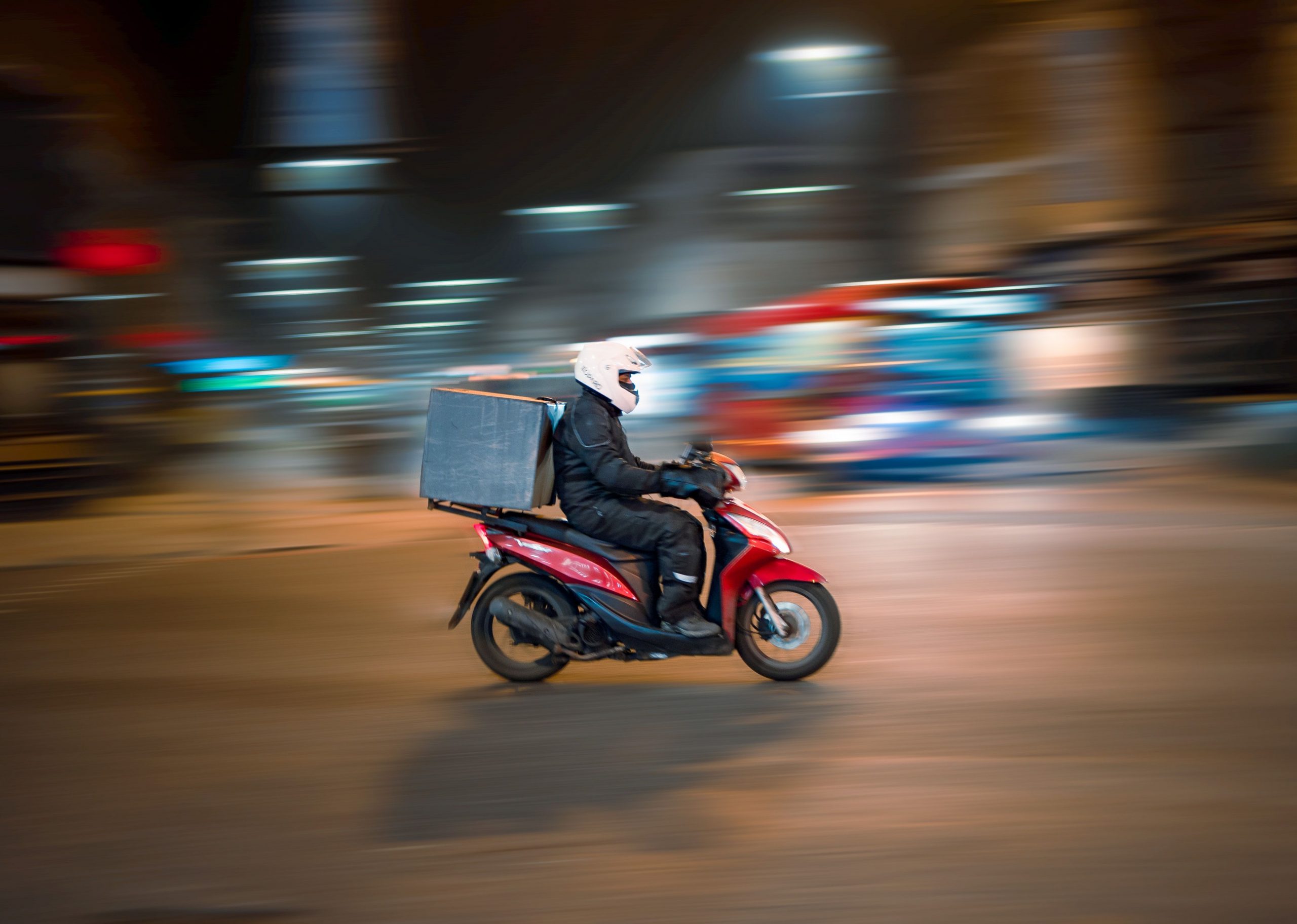A LinkedIn user compared the prices of online and offline food orders and found a startling disparity between the two. The identical food order is shown in two photographs, but they have different prices, according to Rahul Kabra, performance marketing manager. According to the LinkedIn post, the order consists of mushroom momo, vegetable fried rice, and veg black pepper sauce.
The cost of the offline orders, including CGST and SGST, came to Rs 512. However, Zomato’s cost came to Rs 689.90 (after applying a 75% discount).
The LinkedIn user saw that Zomato charged Rs 178 more in that order, or a difference of 34.76%.
To make this a win-win situation for all parties involved, Kabra added, “I think there is a need to cap this cost escalation, which should be imposed by the government.”
“All startups struggle with the cost of customer acquisition. Customer lifetime value can be increased through retention. Zomato’s regular omni channel advertising keeps it at the front of my mind! But I must admit that, as a typical value-driven Indian consumer, I will always set a price that will benefit comparison shopping as a result of any higher pricing,” he added.
More than 7,600 people have reacted to the post, and nearly 1,000 people have commented on it. Several users revealed their own experiences regarding the wide price variations across food aggregators.
One user shared his experience with another food delivery application, Swiggy. According to Nikesh Jain, a consumer, “The price listed on Swiggy was 120 + delivery fees. I made the decision to simply pick it up from the restaurant because I was already heading in that direction. I was shocked to see that the same thaali was offered for Rs 99. I would have charged Swiggy about 140 Rs. for the same meal, which was 40% higher. I believe that the aggregate industry need a significant strategic re-planning. Since businesses need to generate income and turn a profit, I can’t say that I blame them, but I fear that these strategies will only backfire.”







